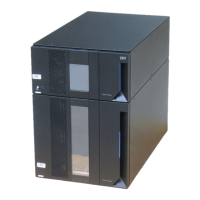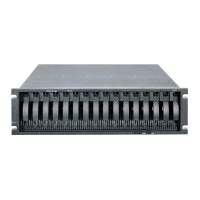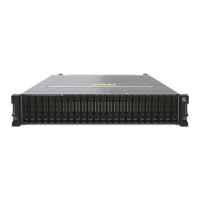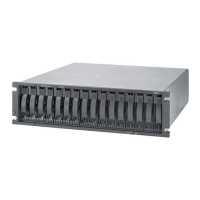Chapter 2. Introduction to IBM Flex System V7000 Storage Node 59
The system can be configured using either the IBM Flex System V7000 Storage Node
management software the command-line interface (CLI),
2.5.5 RAID
The IBM Flex System V7000 Storage Node setup contains a number of internal disk drive
objects known as candidate drives, but these drives cannot be directly added to storage
pools. The drives need to be included in a Redundant Array of Independent Disks (RAID)
grouping used for performance and to provide protection against the failure of individual
drives.
These drives are referred to as members of the array. Each array has a RAID level. Different
RAID levels provide different degrees of redundancy and performance, and have different
restrictions regarding the number of members in the array.
IBM Flex System V7000 Storage Node supports hot spare drives. When an array member
drive fails, the system automatically replaces the failed member with a hot spare drive and
rebuilds the array to restore its redundancy (the exception being RAID 0). Candidate and
spare drives can be manually exchanged with array members.
Each array has a set of goals that describe the wanted location and performance of each
array. A sequence of drive failures and hot spare takeovers can leave an array unbalanced,
that is, with members that do not match these goals. The system automatically rebalances
such arrays when the appropriate drives are available.
The following RAID levels are available:
RAID 0 (striping, no redundancy)
RAID 1 (mirroring between two drives)
RAID 5 (striping, can survive one drive fault)
RAID 6 (striping, can survive two drive faults)
RAID 10 (RAID 0 on top of RAID 1)
RAID 0 arrays stripe data across the drives. The system supports RAID 0 arrays with just one
member, which is similar to traditional JBOD attach. RAID 0 arrays have no redundancy, so
they do not support hot spare takeover or immediate exchange. A RAID 0 array can be
formed by one to eight drives.
RAID 1 arrays stripe data over mirrored pairs of drives. A RAID 1 array mirrored pair is rebuilt
independently. A RAID 1 array can be formed by two drives only.
RAID 5 arrays stripe data over the member drives with one parity strip on every stripe. RAID 5
arrays have single redundancy. The parity algorithm means that an array can tolerate no more
than one member drive failure. A RAID 5 array can be formed by 3 to 16 drives.
RAID 6 arrays stripe data over the member drives with two parity stripes (known as the
P-parity and the Q-parity) on every stripe. The two parity strips are calculated using different
algorithms, which give the array double redundancy. A RAID 6 array can be formed by 5 to 16
drives.
RAID 10 arrays have single redundancy. Although they can tolerate one failure from every
mirrored pair, they cannot tolerate two-disk failures. One member out of every pair can be
rebuilding or missing at the same time. A RAID 10 array can be formed by 2 to 16 drives.
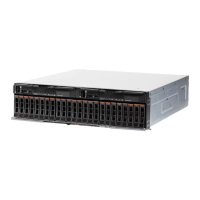
